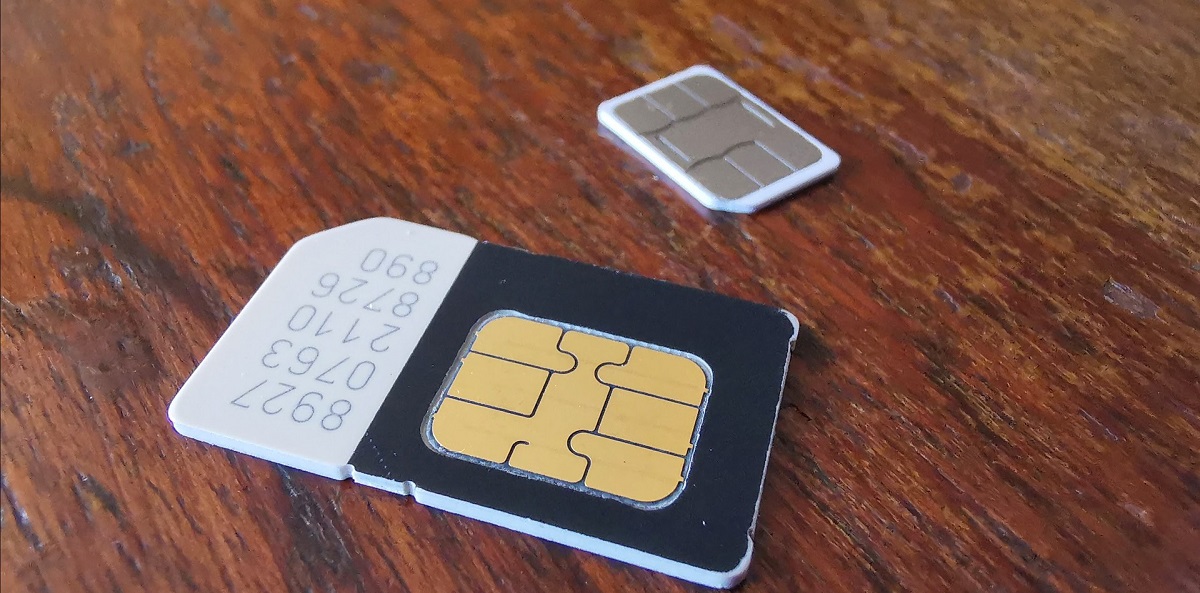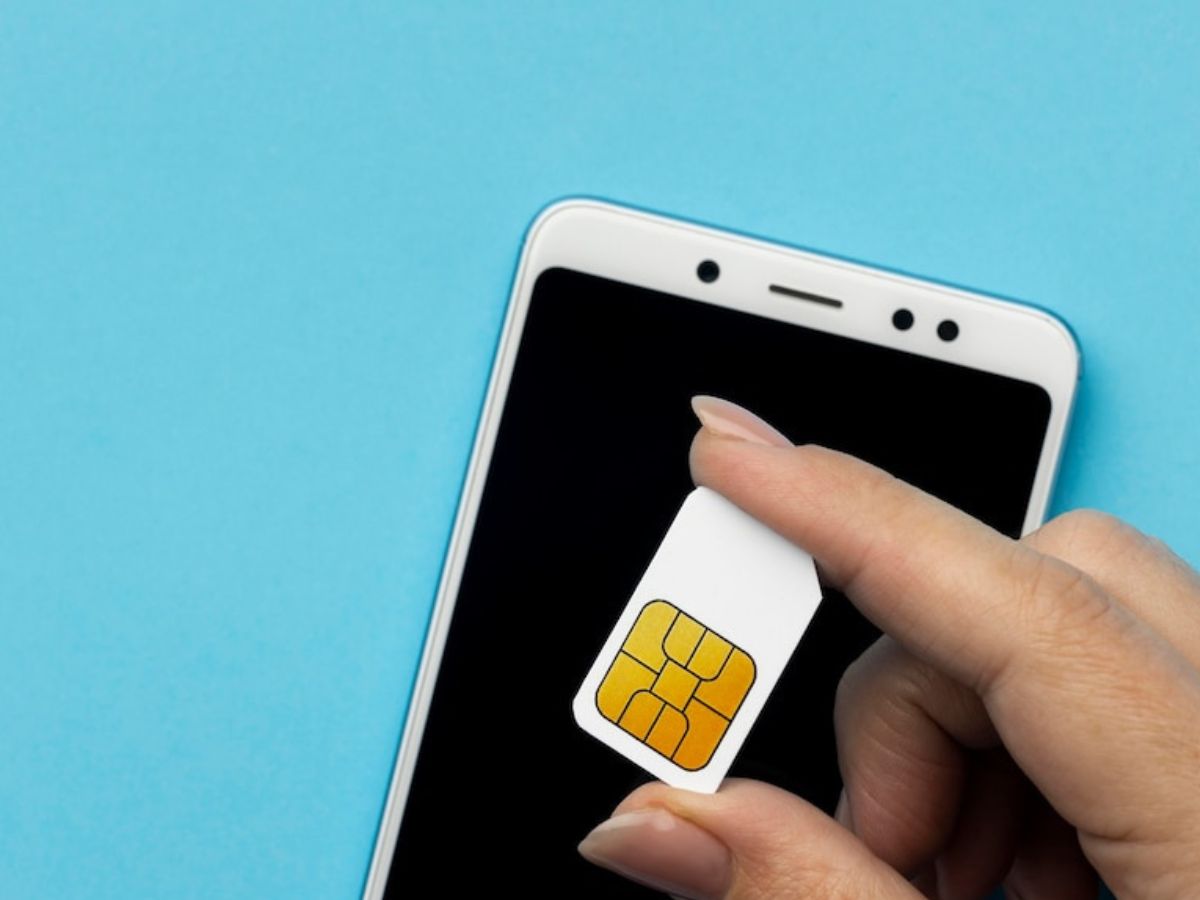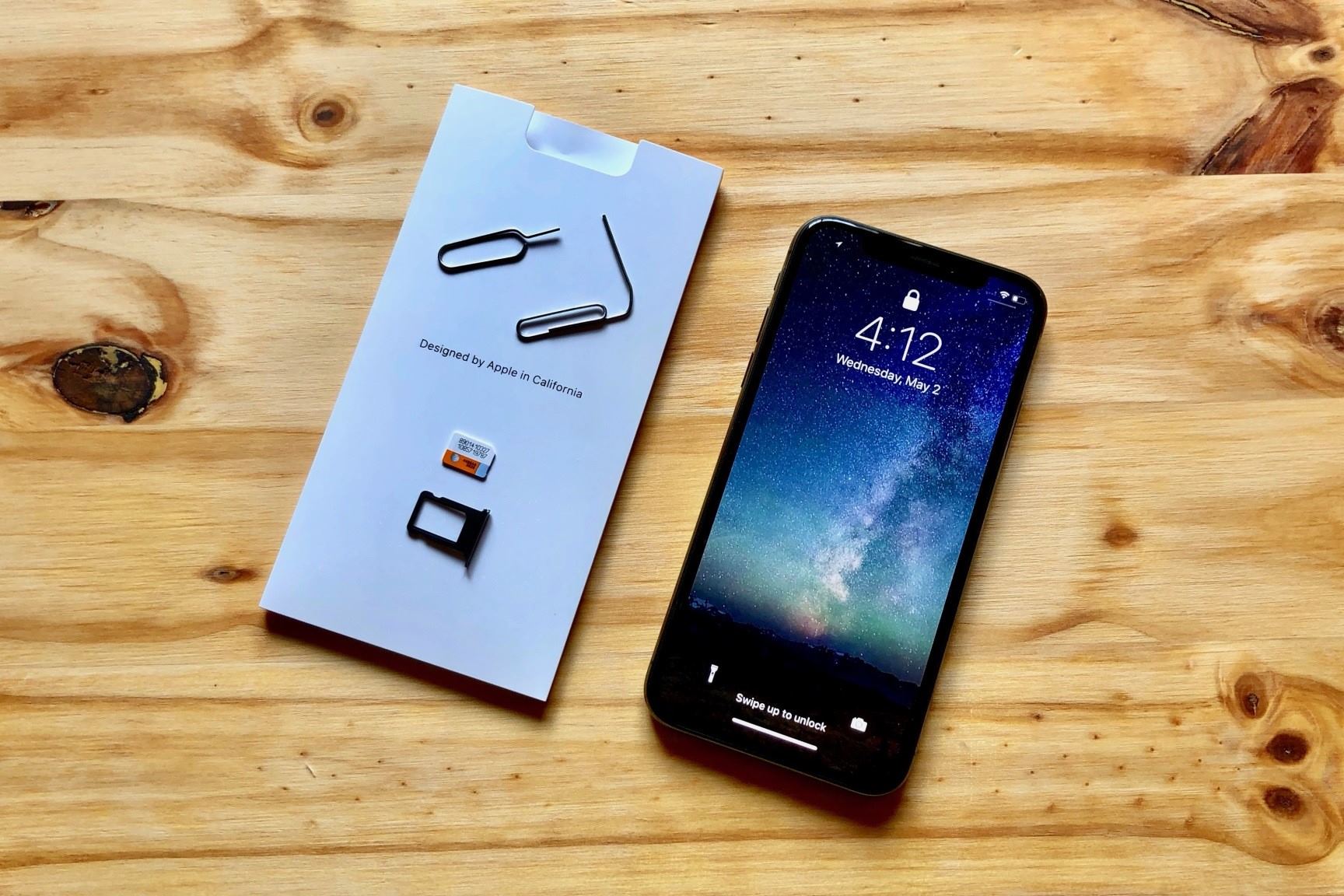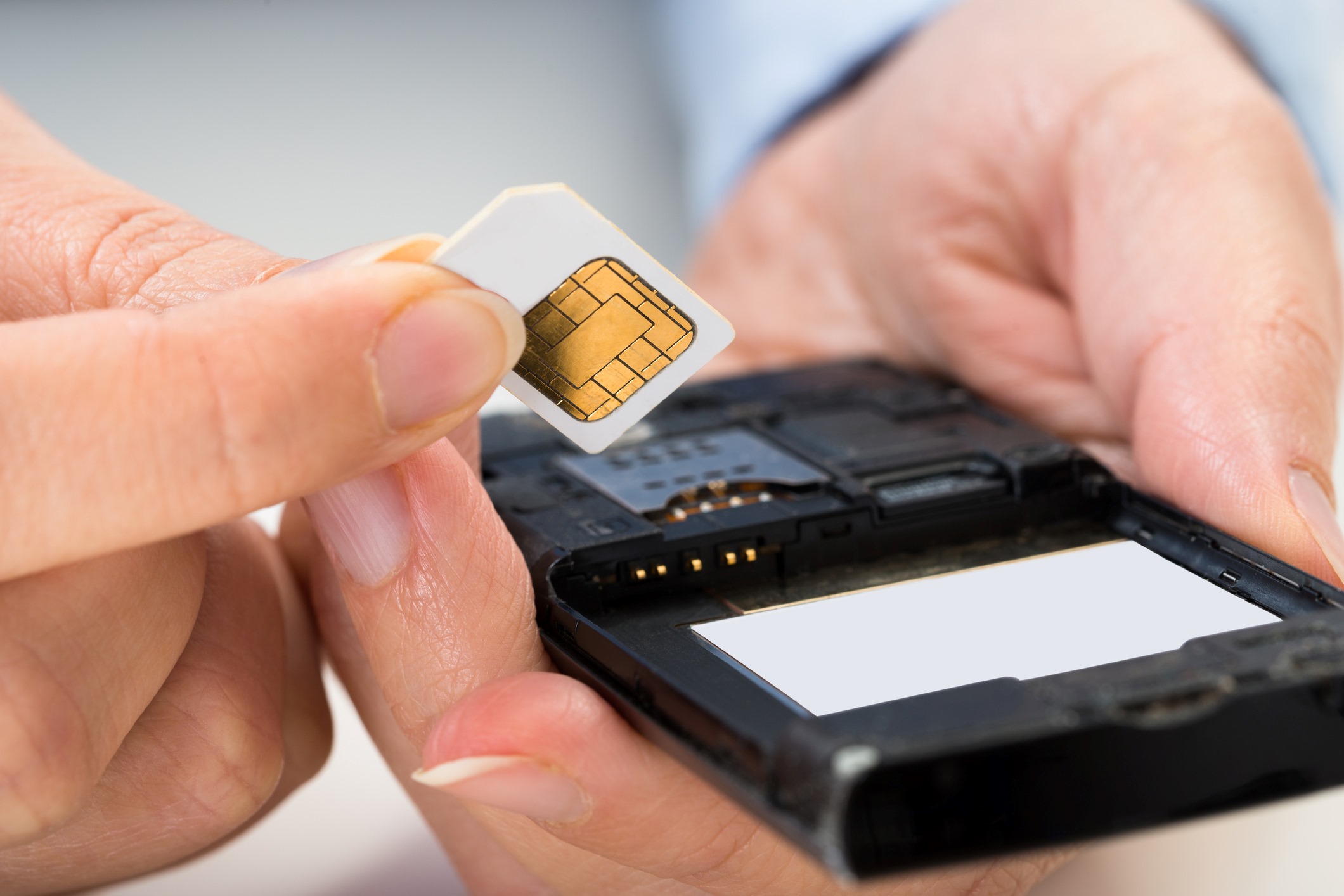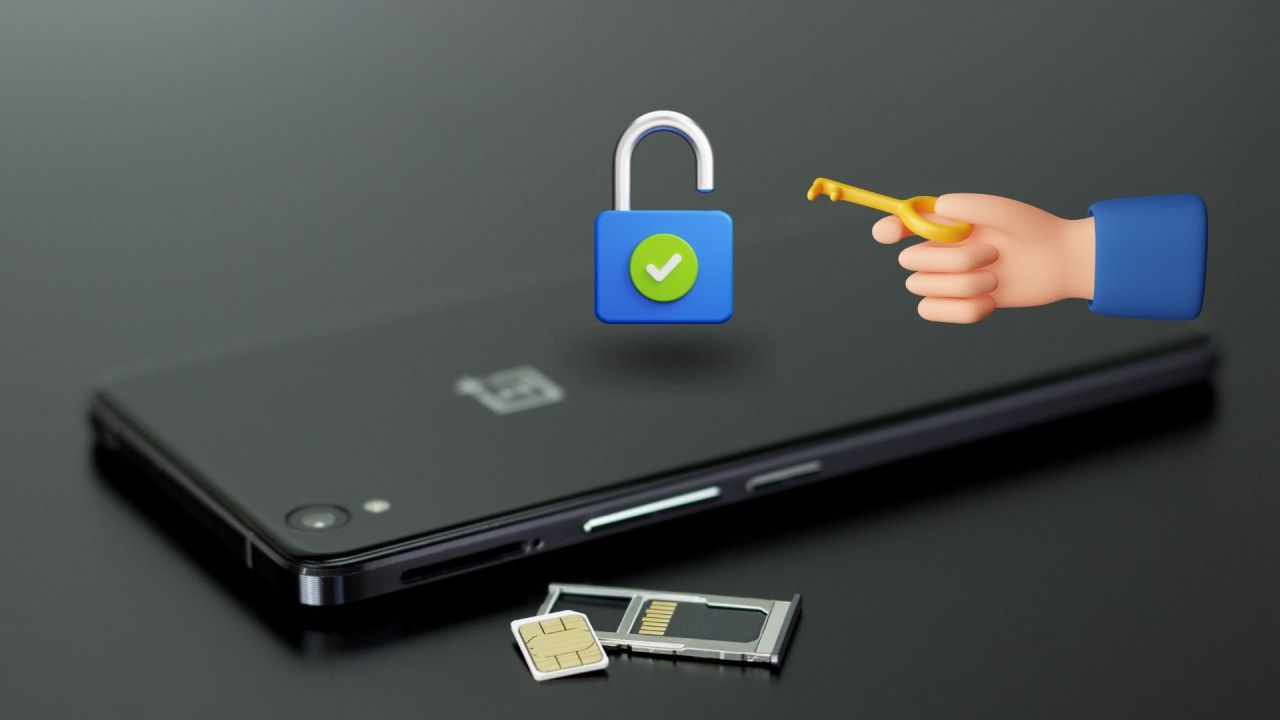Introduction
In today's hyper-connected world, SIM cards are the unsung heroes that power our mobile devices, enabling us to stay in touch with loved ones, access the internet, and conduct business on the go. Despite their small size, SIM cards play a crucial role in facilitating seamless communication and connectivity. However, have you ever wondered about the lifespan of a SIM card? How long can it endure the rigors of daily use before needing replacement?
Understanding the factors that impact the longevity of a SIM card is essential for both consumers and mobile device manufacturers. From physical wear and tear to exposure to environmental factors and usage patterns, various elements can influence the lifespan of these tiny yet indispensable components. By delving into these factors, we can gain valuable insights into how to maximize the lifespan of SIM cards and ensure optimal performance over time.
In this comprehensive exploration, we will delve into the intricacies of SIM cards, shedding light on the key factors that determine their lifespan. By unraveling the mysteries surrounding the durability of SIM cards, we aim to equip readers with the knowledge needed to make informed decisions regarding their mobile connectivity. So, let's embark on this enlightening journey to uncover the secrets behind the lifespan of SIM cards.
What is a SIM Card?
A SIM (Subscriber Identity Module) card is a small, portable chip that serves as the key to unlocking the potential of mobile devices. It is a fundamental component that enables devices to connect to a mobile network, allowing users to make calls, send text messages, and access data services. The SIM card contains essential information, including the unique identifier for the mobile device, known as the International Mobile Subscriber Identity (IMSI), as well as the authentication key that verifies the user's identity on the network.
There are different types of SIM cards, including standard SIMs, micro SIMs, and nano SIMs, each tailored to fit specific device requirements. Despite variations in size, the fundamental purpose of a SIM card remains consistent across devices: to authenticate the user and grant access to network services.
In addition to enabling basic communication functions, modern SIM cards also store contact information, text messages, and other user data. They also play a crucial role in facilitating secure mobile payments and identity verification processes.
Furthermore, SIM cards are not restricted to a single device; they can be easily transferred between compatible devices, allowing users to seamlessly switch between phones while retaining their mobile service and personal data.
Overall, SIM cards are the linchpin of mobile connectivity, providing users with the means to access essential communication services and harness the full potential of their devices. Their compact size belies their significance, as they serve as the gateway to a world of seamless communication and digital experiences. Understanding the role and functionality of SIM cards is essential for appreciating their importance in the realm of mobile devices and connectivity.
Factors Affecting the Lifespan of a SIM Card
The lifespan of a SIM card is influenced by a myriad of factors, each playing a pivotal role in determining its durability and longevity. Understanding these factors is crucial for users and manufacturers alike, as it empowers them to make informed decisions and take proactive measures to optimize the performance and lifespan of SIM cards.
Physical Wear and Tear
The physical wear and tear experienced by a SIM card can significantly impact its lifespan. As users insert and remove the SIM card from their devices, the metal contacts on the card and within the device's SIM slot are subject to friction and mechanical stress. Over time, this repetitive action can lead to wear on the contact points, potentially affecting the card's ability to establish a reliable connection with the device. Additionally, exposure to dust, debris, and moisture can further exacerbate the wear and corrosion of the SIM card's contacts, potentially compromising its functionality.
Exposure to Environmental Factors
The environment in which a SIM card operates can also influence its lifespan. Extreme temperatures, both hot and cold, can pose a threat to the integrity of the card's internal components, potentially leading to performance degradation or failure. Similarly, exposure to humidity and moisture can cause corrosion and damage to the delicate circuitry within the SIM card. Furthermore, prolonged exposure to direct sunlight or magnetic fields can adversely affect the card's functionality, emphasizing the need for users to handle and store their SIM cards in a manner that mitigates these environmental risks.
Usage Patterns
The usage patterns of a SIM card also play a crucial role in determining its lifespan. Frequent insertion and removal of the SIM card, particularly in devices with tight-fitting SIM slots, can accelerate wear on the card's contacts. Similarly, heavy usage of data-intensive applications or prolonged periods of high network activity can place additional strain on the SIM card, potentially impacting its performance over time. Moreover, the frequency of international travel and roaming can subject the SIM card to varying network conditions and standards, potentially affecting its longevity.
By understanding these factors, users can adopt best practices to prolong the lifespan of their SIM cards. Simple measures such as handling the card with care, storing it in a dry and moderate environment, and minimizing unnecessary insertions and removals can contribute to extending the functional lifespan of the SIM card. Additionally, being mindful of usage patterns and environmental conditions can help users safeguard the integrity and performance of their SIM cards, ensuring a seamless and reliable mobile connectivity experience.
Physical Wear and Tear
The physical wear and tear experienced by a SIM card can significantly impact its lifespan. As users insert and remove the SIM card from their devices, the metal contacts on the card and within the device's SIM slot are subject to friction and mechanical stress. Over time, this repetitive action can lead to wear on the contact points, potentially affecting the card's ability to establish a reliable connection with the device. Additionally, exposure to dust, debris, and moisture can further exacerbate the wear and corrosion of the SIM card's contacts, potentially compromising its functionality.
The constant movement of the SIM card in and out of the device's SIM slot can gradually erode the metal contacts on both the card and the slot. This wear and tear can lead to a diminished contact surface area, hindering the efficient transmission of data and signals between the SIM card and the device. As a result, users may experience connectivity issues, such as intermittent network coverage or difficulty in recognizing the SIM card.
Furthermore, the accumulation of dust, lint, or other particles within the SIM slot can exacerbate the wear on the card's contacts. These foreign particles can act as abrasives, gradually wearing down the metal contacts and potentially leading to connectivity problems. Moreover, exposure to moisture or liquids, whether through accidental spills or environmental conditions, can promote corrosion on the metal contacts, further compromising the integrity of the SIM card.
To mitigate the impact of physical wear and tear on SIM cards, users are advised to handle the cards with care and avoid unnecessary insertions and removals. When inserting or removing the SIM card, gentle and deliberate movements can help minimize the friction and mechanical stress on the metal contacts. Additionally, storing the SIM card in a protective case or holder when not in use can shield it from dust and debris, reducing the risk of accelerated wear on the contacts.
Regularly inspecting the SIM card and the device's SIM slot for any signs of debris or corrosion is also recommended. If any foreign particles or corrosion are detected, they should be carefully removed using appropriate tools and cleaning agents to prevent further damage to the SIM card's contacts.
By being mindful of the potential effects of physical wear and tear, users can take proactive measures to preserve the integrity and functionality of their SIM cards, ensuring a seamless and reliable mobile connectivity experience.
Exposure to Environmental Factors
The environment in which a SIM card operates can significantly impact its lifespan and performance. Extreme temperatures, both hot and cold, pose a threat to the integrity of the card's internal components. When exposed to high temperatures, the delicate circuitry within the SIM card may experience thermal stress, potentially leading to performance degradation or even permanent damage. Conversely, exposure to freezing temperatures can cause the materials within the card to contract, increasing the risk of structural damage or connectivity issues.
In addition to temperature extremes, humidity and moisture present another set of challenges for SIM cards. Prolonged exposure to high humidity levels or direct contact with moisture can lead to corrosion of the card's internal components, particularly the metal contacts essential for establishing a connection with the device. This corrosion can hinder the transmission of signals and data, resulting in unreliable network connectivity and potential damage to the SIM card itself.
Furthermore, exposure to direct sunlight can elevate the operating temperature of the SIM card, amplifying the risks associated with thermal stress and potential damage. Additionally, prolonged exposure to magnetic fields, such as those generated by certain electronic devices, can interfere with the delicate circuitry within the SIM card, leading to performance issues or data corruption.
To mitigate the impact of environmental factors on SIM cards, users are advised to handle and store their SIM cards with care. Storing the cards in a dry, moderate environment away from direct sunlight and extreme temperatures can help safeguard their integrity. Additionally, using protective cases or holders can shield the SIM cards from environmental elements, reducing the risk of damage due to exposure to moisture, dust, or magnetic fields.
Regular inspection of the SIM card for any signs of damage, corrosion, or environmental exposure is also recommended. If any such indications are observed, users should take appropriate measures to mitigate the impact and preserve the functionality of the SIM card.
By being mindful of the influence of environmental factors, users can proactively protect their SIM cards from potential damage, ensuring reliable and uninterrupted mobile connectivity.
Usage Patterns
The usage patterns of a SIM card play a crucial role in determining its lifespan and overall performance. Frequent insertion and removal of the SIM card, particularly in devices with tight-fitting SIM slots, can accelerate wear on the card's contacts. This repetitive action can lead to mechanical stress on the delicate metal contacts, potentially diminishing their effectiveness over time. As a result, users may experience issues such as intermittent network coverage or difficulty in recognizing the SIM card.
Moreover, heavy usage of data-intensive applications or prolonged periods of high network activity can place additional strain on the SIM card, potentially impacting its performance. When the SIM card is subjected to continuous high data usage or prolonged network activity, it may experience increased wear and tear, potentially leading to diminished functionality and reliability.
Additionally, the frequency of international travel and roaming can subject the SIM card to varying network conditions and standards, potentially affecting its longevity. When a SIM card is used extensively for international roaming, it is exposed to different network protocols and operational parameters, which can contribute to accelerated wear and potential compatibility issues.
To mitigate the impact of usage patterns on SIM cards, users are advised to adopt best practices to prolong the lifespan of their SIM cards. Minimizing unnecessary insertions and removals, handling the card with care during these processes, and avoiding prolonged exposure to high network activity can help preserve the integrity and functionality of the SIM card.
Furthermore, users can consider optimizing their data usage and network activity to reduce the strain on the SIM card. This can involve utilizing Wi-Fi networks for data-intensive tasks when available, minimizing background data usage, and being mindful of excessive network activity that may place undue stress on the SIM card.
By being mindful of their usage patterns and implementing proactive measures to minimize wear and strain on the SIM card, users can contribute to prolonging its lifespan and ensuring a reliable and consistent mobile connectivity experience.
Conclusion
In conclusion, the lifespan of a SIM card is influenced by a multitude of factors, ranging from physical wear and tear to exposure to environmental elements and usage patterns. Understanding these factors is paramount for both users and manufacturers, as it empowers them to take proactive measures to maximize the longevity and performance of SIM cards.
Physical wear and tear, stemming from repetitive insertion and removal of the SIM card, as well as exposure to dust and moisture, can lead to diminished connectivity and functionality over time. Users can mitigate these effects by handling the SIM card with care, minimizing unnecessary insertions and removals, and inspecting the card and device for any signs of wear or corrosion.
Environmental factors, including extreme temperatures, humidity, and exposure to sunlight and magnetic fields, present additional challenges to the integrity of SIM cards. By storing the SIM card in a dry, moderate environment and using protective cases, users can shield the card from potential damage caused by environmental elements.
Usage patterns, such as frequent insertion and removal of the SIM card and prolonged high network activity, can accelerate wear and strain on the card, potentially impacting its performance. Users can adopt best practices to minimize unnecessary wear and strain, preserving the functionality and reliability of the SIM card.
By being mindful of these factors and implementing proactive measures, users can contribute to prolonging the lifespan of their SIM cards, ensuring a seamless and reliable mobile connectivity experience. Additionally, manufacturers can leverage these insights to design robust and resilient SIM cards that are better equipped to withstand the rigors of everyday use and environmental conditions.
In essence, the lifespan of a SIM card is not solely determined by its intrinsic durability, but also by the care and consideration exercised by users in handling and maintaining these essential components. By embracing a proactive approach to SIM card care, users can optimize their longevity and ensure continued access to seamless mobile connectivity.
Ultimately, the journey to unraveling the secrets behind the lifespan of SIM cards serves as a reminder of the intricate interplay between technology, human interaction, and environmental influences, highlighting the need for a harmonious balance to preserve the functionality and reliability of these indispensable components in the realm of mobile devices and connectivity.









